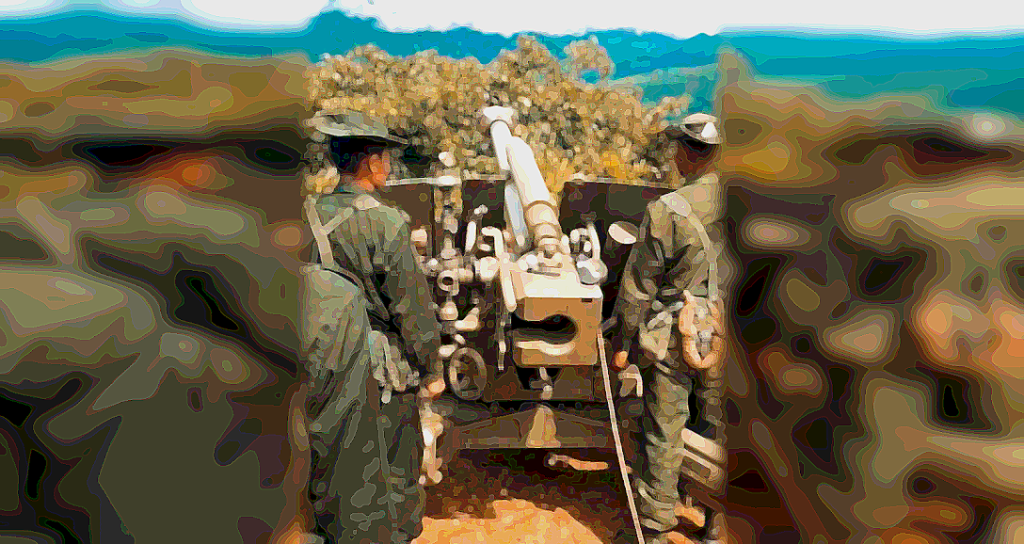Myanmar Spring Chronicle – January 13, 2024 by MoeMaKa Media:
Fragile Ceasefire Frays Near Kyaukme
Days after the announcement of the Haigeng Agreement, a temporary ceasefire brokered between the military council and the three northern alliances in Kunming, China, tensions resurfaced near Kyaukme, shattering hopes of sustained peace. The agreement, reached after intense negotiations on January 10 and 11, aimed to quell the escalating conflict in Myanmar’s northern Shan State.
Reports emerged the following day detailing clashes between troops from the Ta’ang National Liberation Army (TNLA) and the military council near Kyaukme. The sounds of gunfire and reports of heavy weaponry echoed through the region, triggering concerns among residents in Kyaukme, Hsipaw, and Lashio. Speculations mounted regarding the potential collapse of the recently announced ceasefire by the three armed groups.
The Haigeng Agreement, coming over two months into Operation 1027, lacked a specified timeframe and detailed plans for its continuation, resembling a tactical pause rather than a comprehensive ceasefire. In contrast to the verbal ceasefires of 2020 and 2022 in Rakhine State, the current agreement focuses exclusively on the attacks in Northern Shan State, illustrating the nuanced nature of conflicts across Myanmar.
Particularly intriguing is the involvement of the Arakan Army (AA), which operates both in Rakhine State and as a member of the three Brotherhood Alliances in Northern Shan. Notably, the ceasefire pertains solely to the events unfolding in Northern Shan, omitting any reference to the ongoing strife in Rakhine State.
The strategic interests of China play a pivotal role in this ceasefire, given the geographical proximity of the conflicts to China’s border. Concerns about weapons explosions, refugee displacement, and potential damage to Chinese investments in Myanmar amplify the pressure on all parties involved. China’s diplomatic intervention positions it as a key influencer with the authority to halt hostilities in Myanmar’s northern Shan region.
While the Myanmar Military Council likely views the ceasefire as an opportunity to salvage and reorganize amidst significant losses, the three Brotherhood Alliances, having tasted military victories, may be hesitant to endorse a halt in their momentum.
As reports of skirmishes near Kyaukme surfaced, neither side officially declared the nullification of the ceasefire. The Northern Brotherhood Alliances, in their statement on the Kyaukme clashes, accused the military council of violating the ceasefire without explicitly stating its termination. The TNLA’s statement mirrored this sentiment, alleging a breach of the ceasefire but refraining from asserting its nullification.
The duration and effectiveness of this temporary ceasefire remain uncertain. It presents a crucial window for both sides to leverage military and political advantages, seize untapped opportunities, and fortify existing gains. For the three Brotherhood Alliances, maintaining control over acquired territories, administering diverse ethnic regions equitably, and navigating the complexities of post-conflict governance have become as paramount as the battlefield itself.

